Powder fire extinguishers are one of the most commonly used types of fire extinguishers, suitable for extinguishing a variety of fires (Class A, B, and C fires). Regular maintenance and servicing are crucial to ensuring that these extinguishers are in good working condition and ready to perform effectively in case of an emergency. Below are some practical guidelines on how to maintain and service a powder fire extinguisher.
1. Regularly Inspect the Fire Extinguisher
Routine inspections are essential to ensure that the fire extinguisher is ready for use. Typically, fire extinguishers should be checked at least once a year, but in high-risk environments or harsh conditions, more frequent checks are necessary.
Inspection Items Include:
- Pressure Gauge: Most powder fire extinguishers come with a pressure gauge. Check if the needle is in the green zone, indicating the extinguisher is in the correct pressure range. If the needle is in the red zone, the extinguisher may be undercharged and needs recharging or replacement.
- Physical Condition: Examine the exterior of the extinguisher for any damage, corrosion, cracks, or deformities. If the body of the extinguisher is damaged, it should be replaced immediately.
- Nozzle: Ensure that the nozzle is clear of any blockages or damage. Check that the nozzle is unobstructed and clean.
- Safety Pin: Check if the safety pin is intact and not accidentally removed. The safety pin prevents accidental discharge.
- Labels and Markings: Ensure that the labels, instructions, and manufacturing date are clearly visible. Labels should indicate the type of extinguisher, how to use it, and its expiry date.
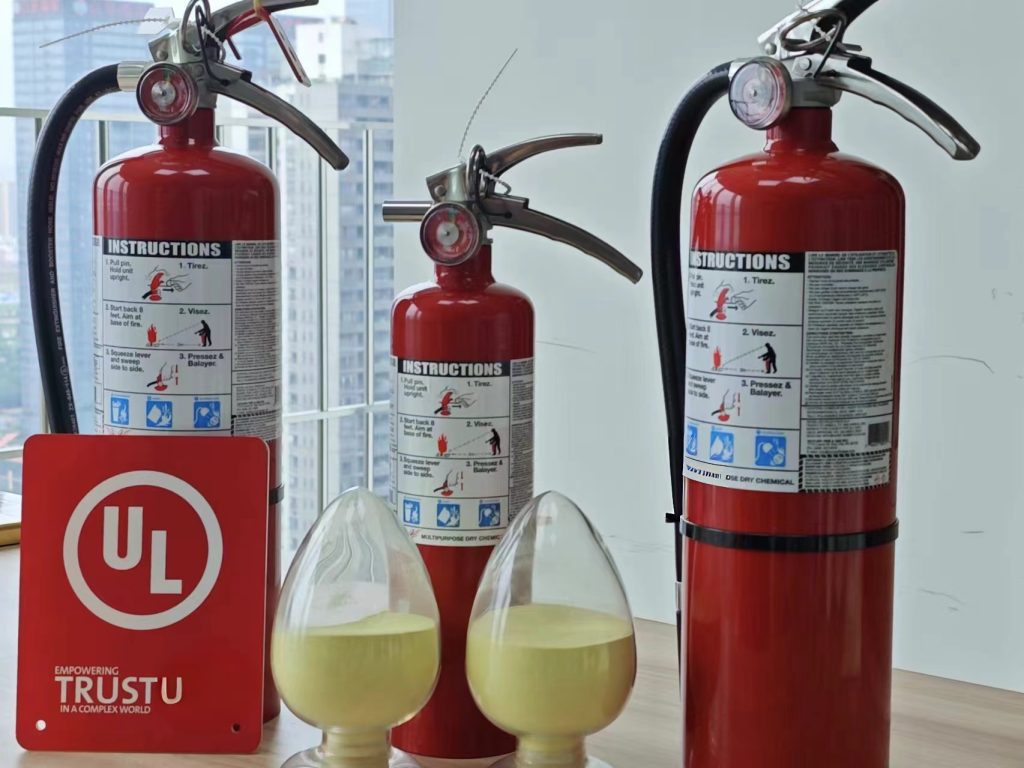
2. Check the Powder Condition
The powder inside the fire extinguisher is critical for its functionality. Even if the extinguisher hasn’t been used, it’s essential to check that the powder has not clumped or absorbed moisture. Wet or compacted powder can impair the extinguisher’s ability to discharge properly.
How to Check Powder Condition:
- Open the Extinguisher: If possible, safely open the extinguisher to check the condition of the powder inside. If the powder appears clumped together, it may need to be replaced or recharged.
- Professional Servicing: If the powder has become damp or compacted, or if you’re unsure about its condition, consider having the extinguisher professionally serviced to ensure it is filled with proper dry powder.
3. Proper Storage Conditions
The storage conditions of a fire extinguisher can directly affect its performance. To ensure the extinguisher works properly during an emergency, follow these storage guidelines:
- Avoid High Temperatures and Humidity: Store the fire extinguisher in a dry, well-ventilated area. Avoid placing it in areas that are subject to extreme temperatures, either hot or cold, or where humidity is high. Excessive moisture or temperature extremes can damage the extinguisher or its components.
- Protect from Direct Sunlight: Prolonged exposure to direct sunlight can cause the extinguisher’s body to deteriorate or the pressure gauge to malfunction.
- Secure Installation: Ensure the extinguisher is mounted securely on a wall or in a stand, and is easily accessible. Avoid placing it in areas where it may be blocked or difficult to reach in an emergency.
4. Correct Use of the Extinguisher
Proper use of a powder fire extinguisher is as important as its maintenance. Regularly practicing how to use the extinguisher ensures that, in the event of a fire, you can act quickly and effectively.
Steps for Proper Use:
- Pull the Safety Pin: Remove the safety pin to unlock the handle.
- Aim at the Base of the Fire: Stand at a safe distance from the fire and aim the nozzle at the base of the flames, where the fuel source is.
- Press the Handle: Squeeze the handle to release the powder. The powder will spray out and begin to smother the flames.
- Sweep from Side to Side: Sweep the nozzle from side to side across the fire, ensuring the powder is distributed evenly to fully extinguish the flames.
5. Scheduled Professional Inspections and Recharging
In addition to basic user checks, powder fire extinguishers should undergo professional servicing every 5 years or as recommended by the manufacturer. A professional will:
- Inspect the Interior: Check the powder, nozzle, and other internal components to ensure they are in good condition and there are no blockages or damage.
- Recharge the Extinguisher: If the extinguisher’s pressure is too low or the powder is no longer effective, it will be recharged or refilled.
- Replace Worn Parts: Any damaged parts, such as the pressure gauge, safety pin, or nozzle, will be replaced.
6. Maintain Records and Update Labels
Every time an inspection or servicing is carried out, it is essential to document the details, including the date of the inspection, what was checked, and whether any repairs or recharging were needed. These records should be attached to the extinguisher or kept in a maintenance log for reference.
7. Expiry and Replacement
Most powder fire extinguishers have a lifespan of 5 to 15 years, depending on the model and the manufacturer’s recommendations. After this period, or if the extinguisher fails to maintain adequate pressure after repeated recharging, it should be replaced.
Summary
Regular inspection and maintenance of powder fire extinguishers are essential to ensure they are always in working order when needed. By checking the pressure gauge, the powder condition, the nozzle, and other vital components, and by following the manufacturer’s recommendations for professional servicing, you can maintain your fire extinguisher in top condition.
Proper storage, regular practice in using the extinguisher, and timely servicing will guarantee that your powder fire extinguisher performs efficiently in an emergency, safeguarding both life and property.
Maintaining your fire extinguisher is not just a matter of compliance, but also a critical safety step to protect against potential fire hazards.
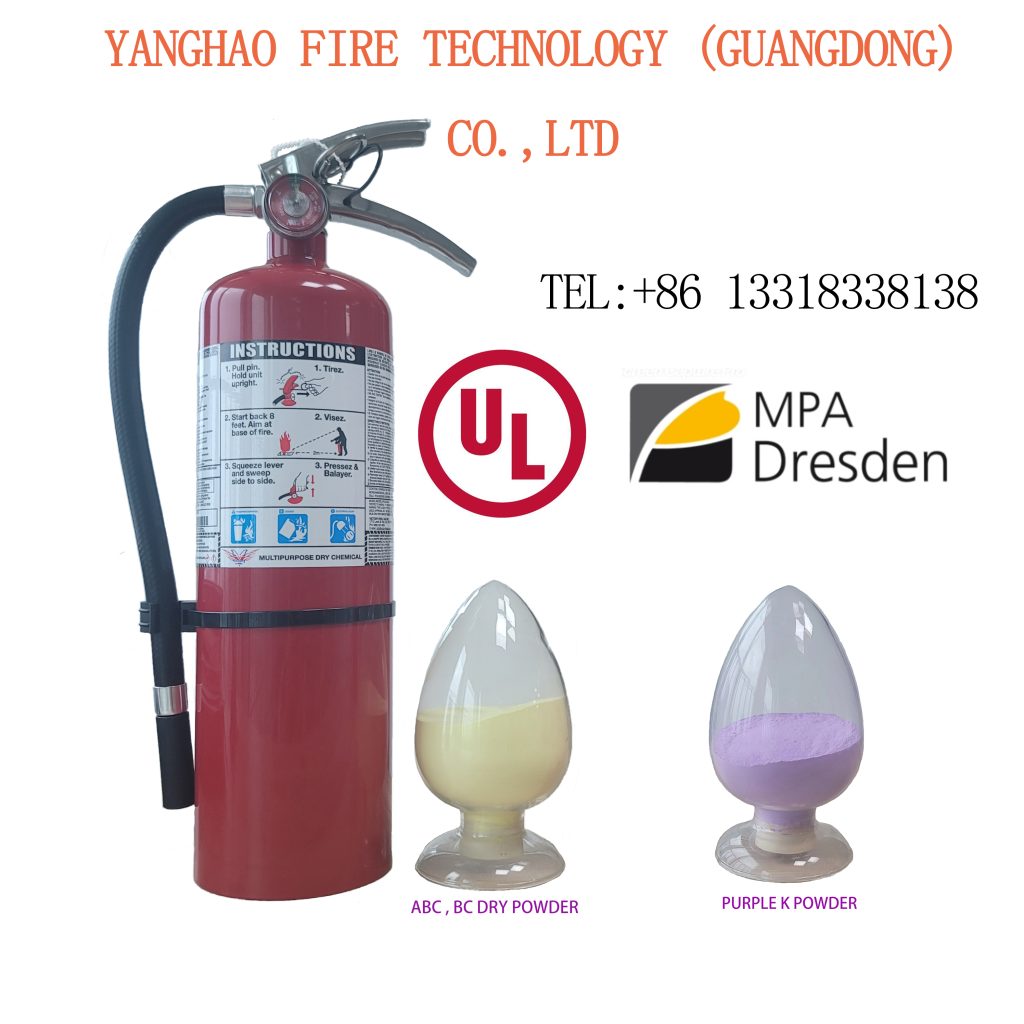


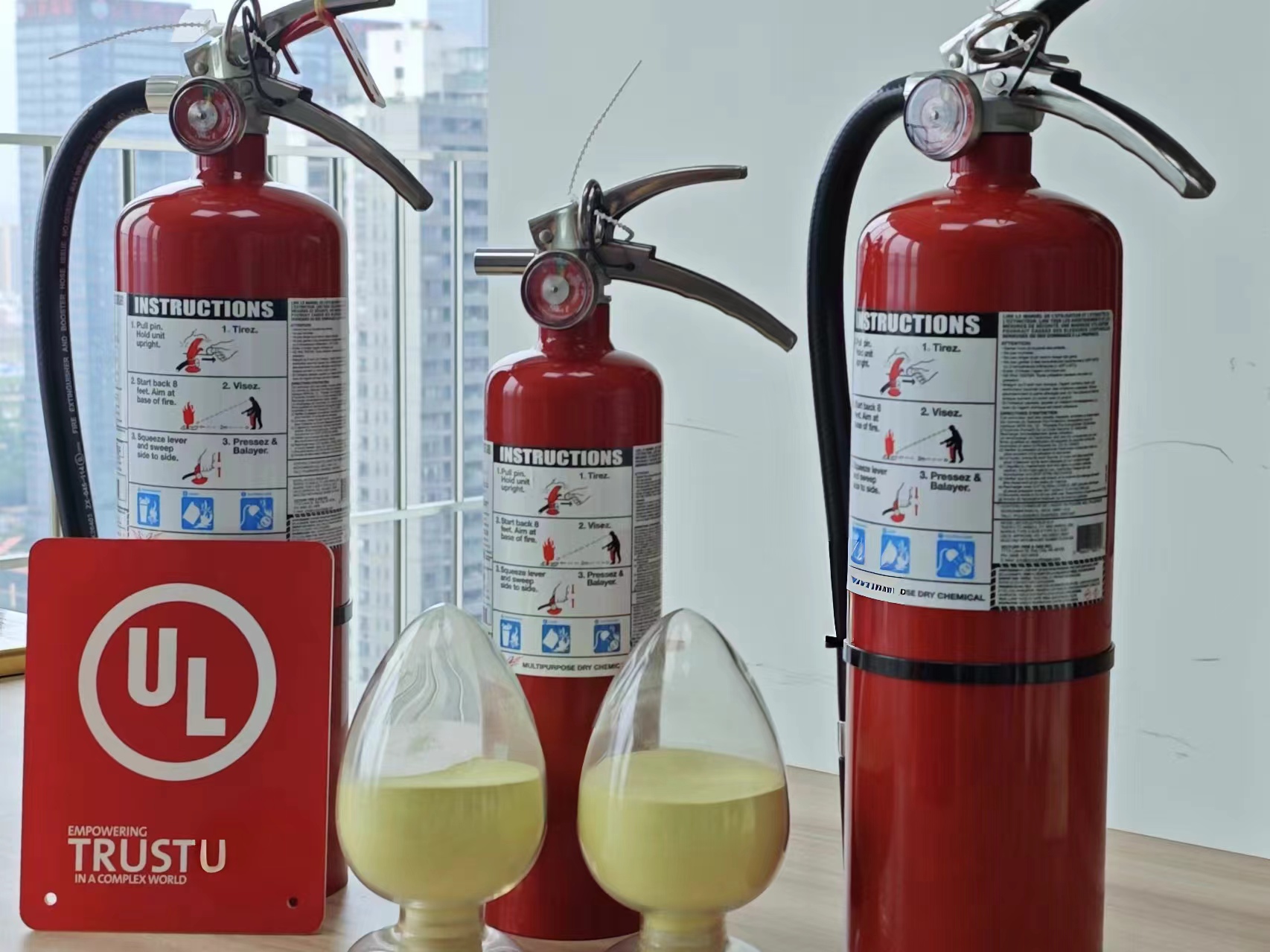
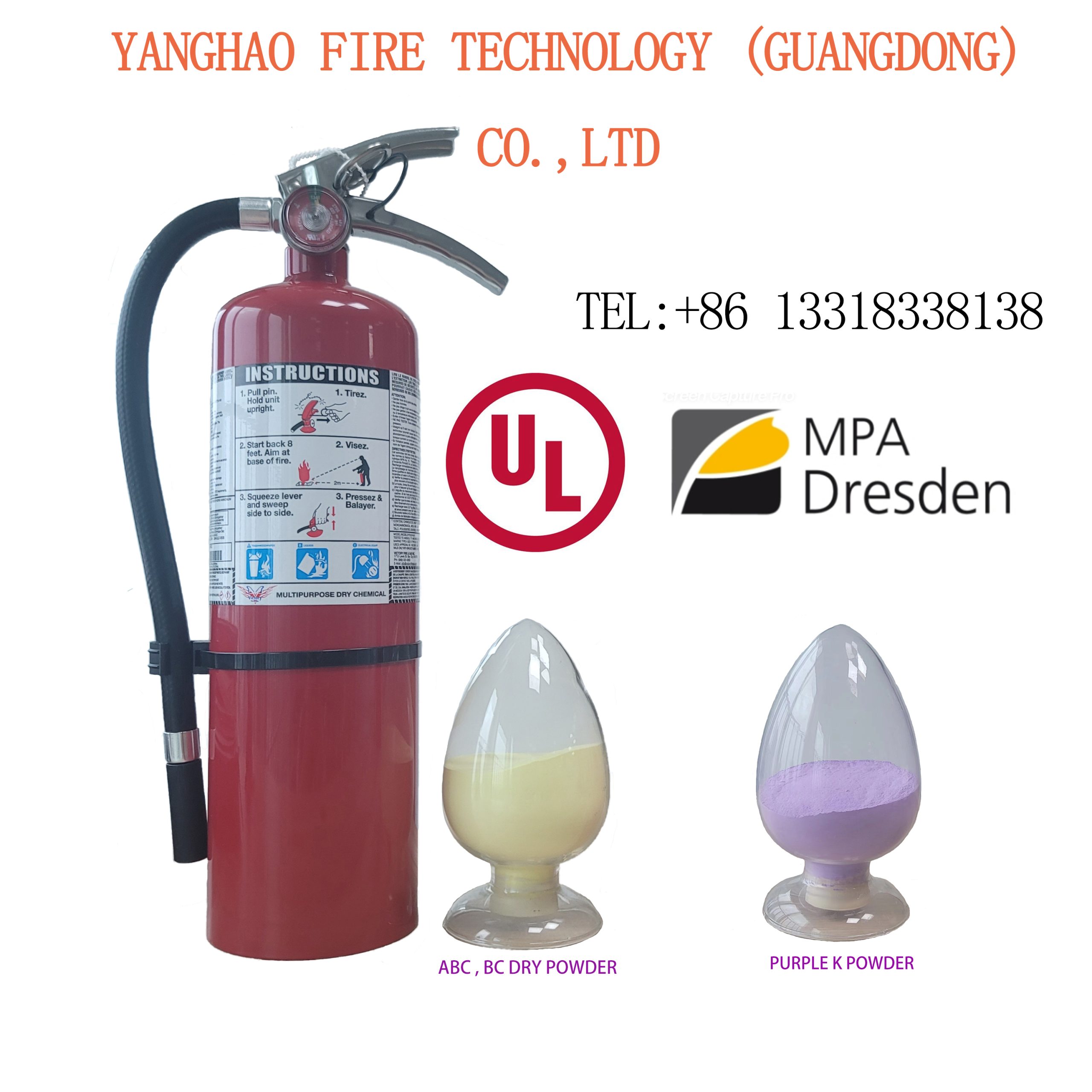
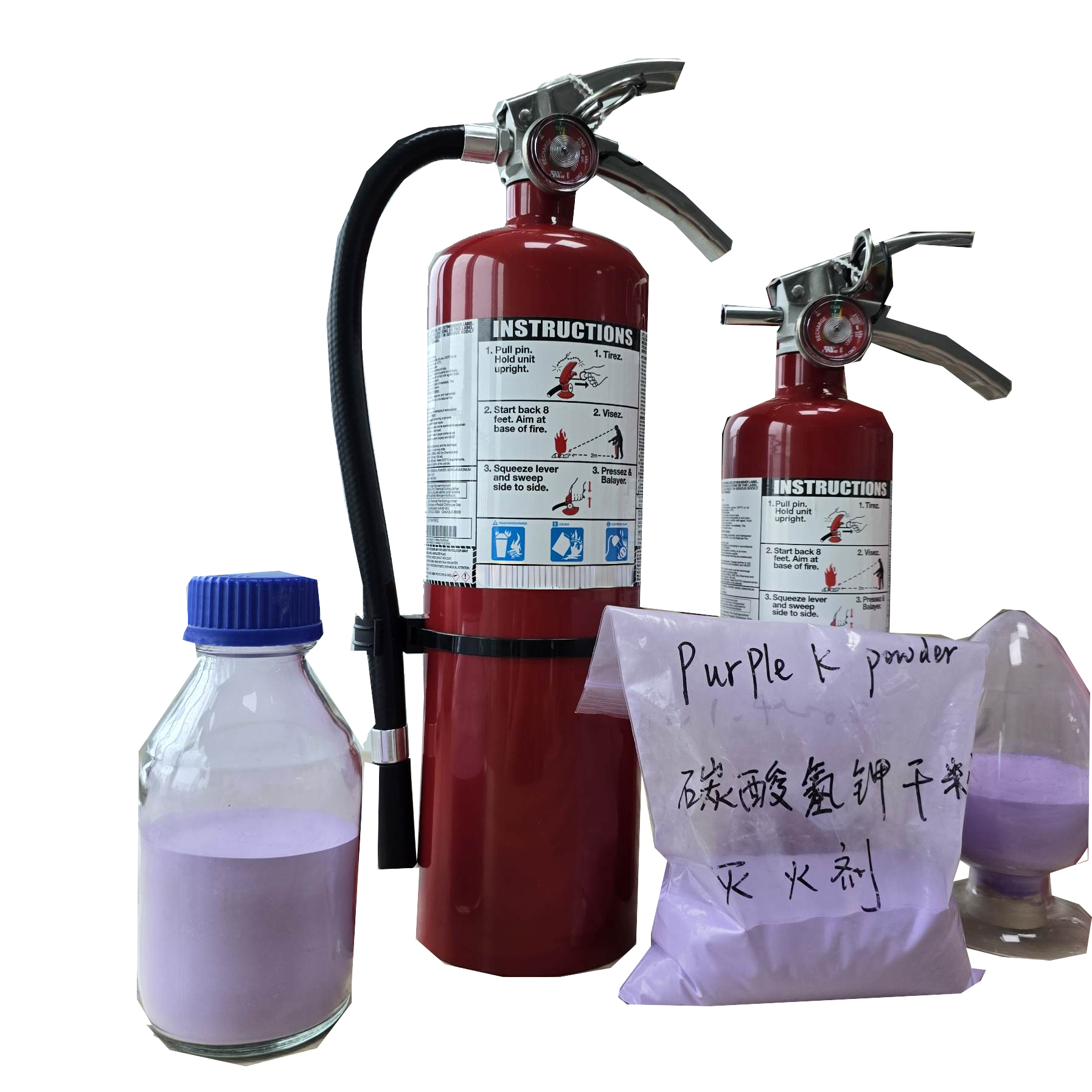
发表回复